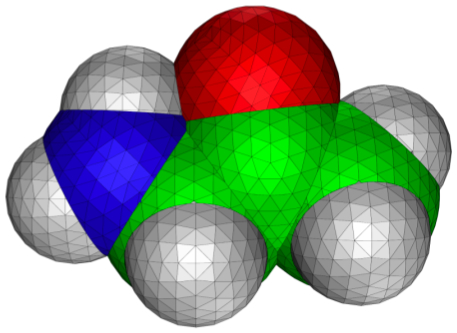
Figure 3.14. A solute–solvent boundary surface described by a set of interlocking atom-centered spheres. The surface is discretized by using triangular tesserae. Drawing graciously provided by Benedetta Mennucci.
From Molecular Modeling Basics CRC Press, May 2010.
From Molecular Modeling Basics CRC Press, May 2010.
Due to the computational expense of explicit solvation, implicit solvation is a popular alternative when including solvent effects in quantum chemical calculations. The polarized continuum model (PCM) and the closely related COSMO method is one of the most used implicit solvation models for QM calculations. Here the Poisson-Boltzmann equation is solved numerically by diving the solute-solvent surface into small pieces called tesserae (Figure 3.14).
Unfortunately, I have not been able to make an interactive version of this figure.
Unfortunately, I have not been able to make an interactive version of this figure.




1 comment:
Post a Comment